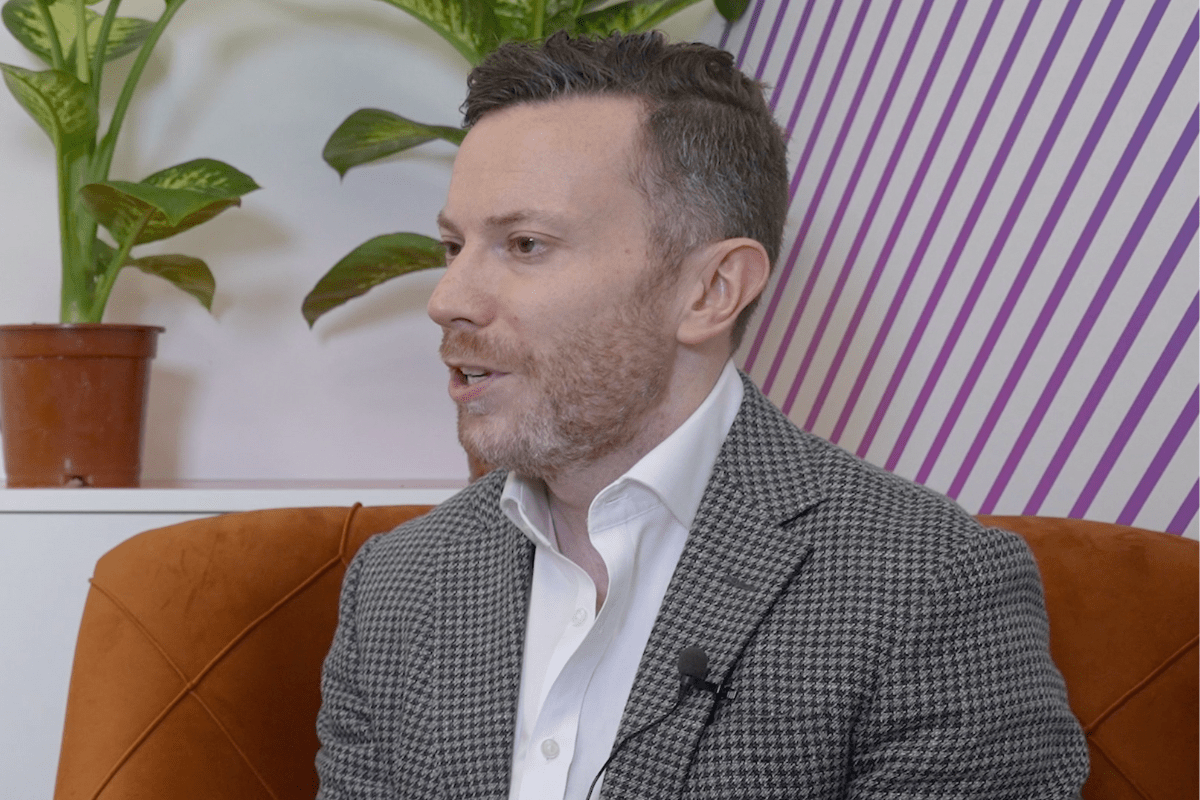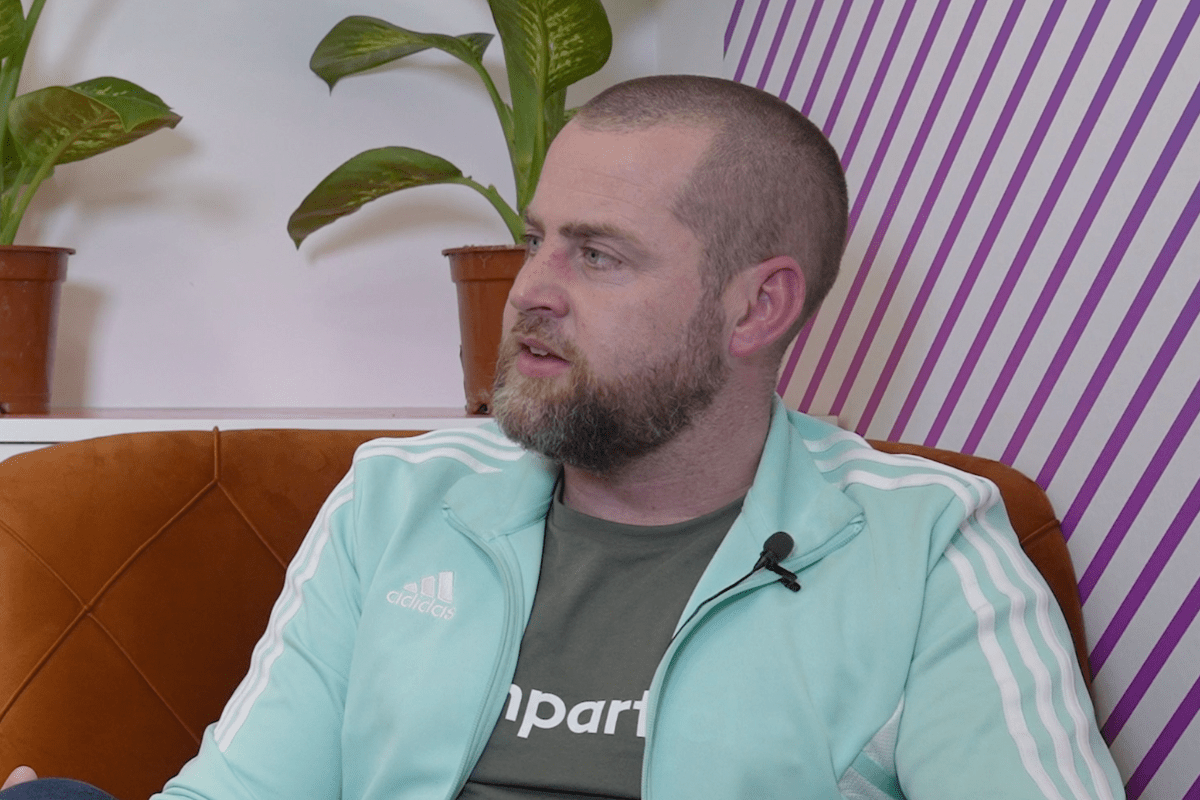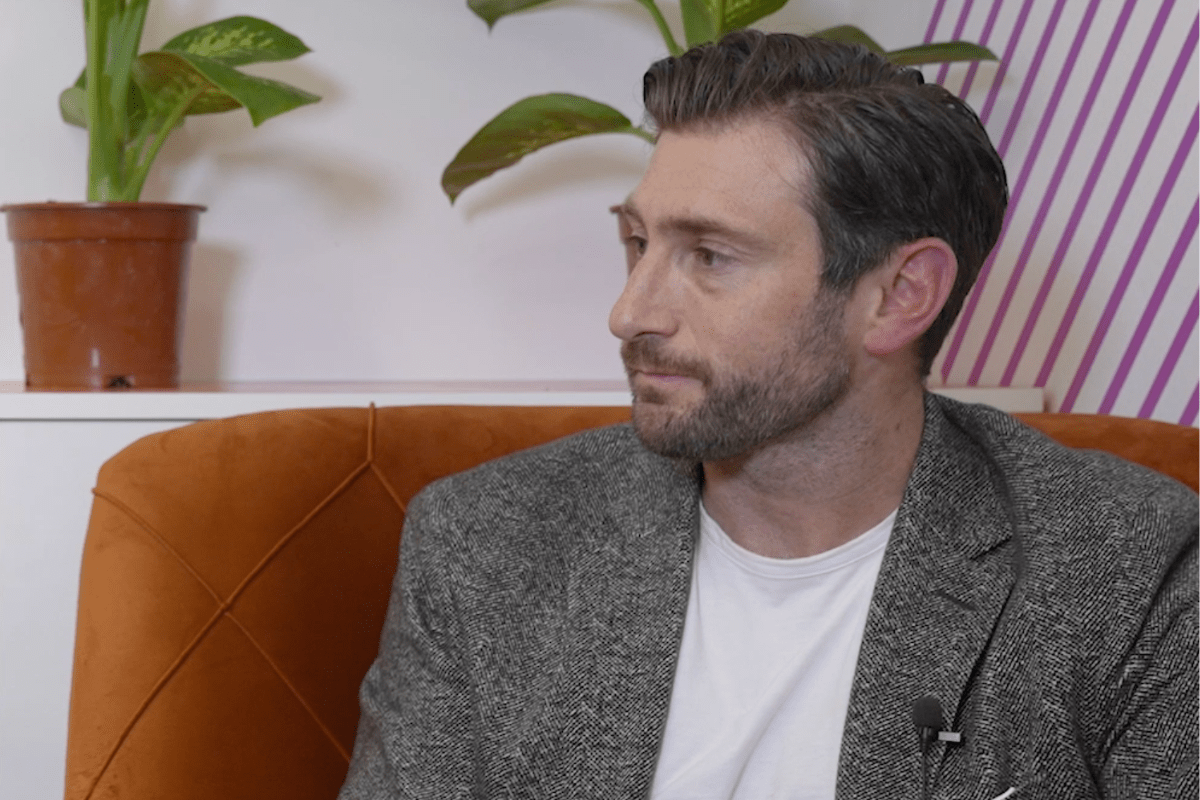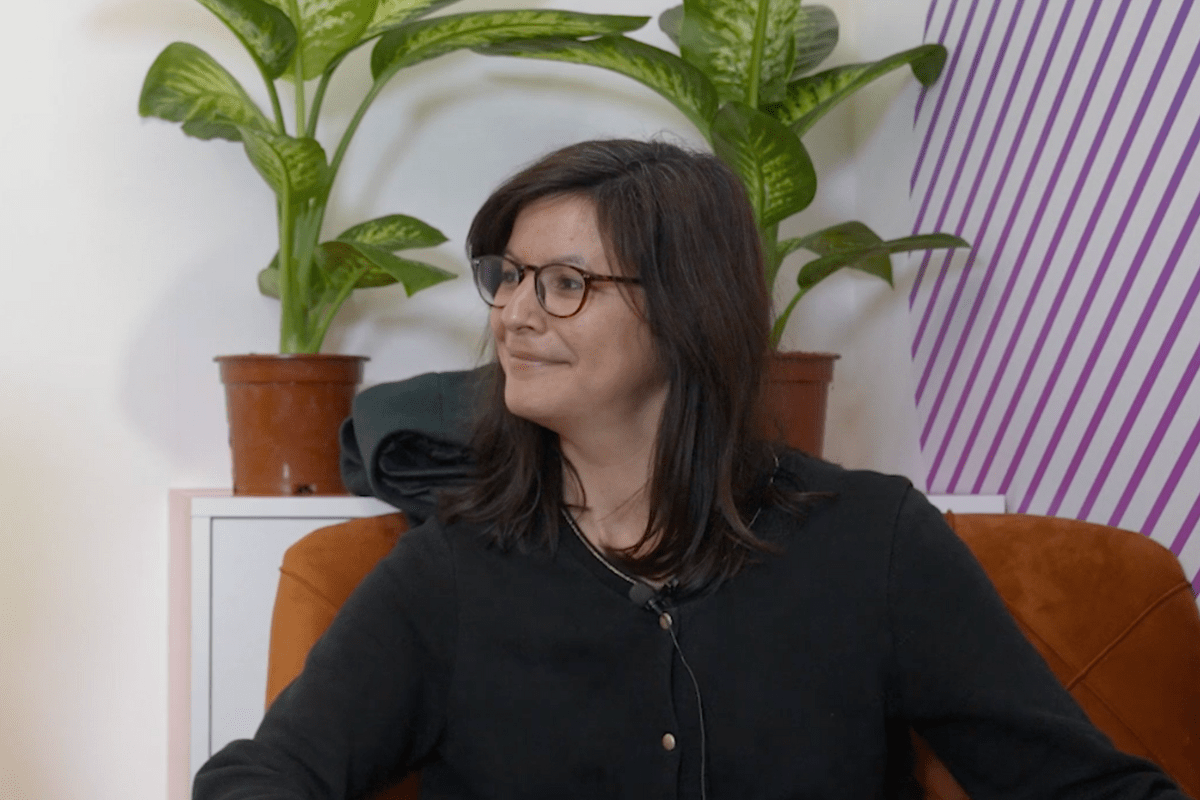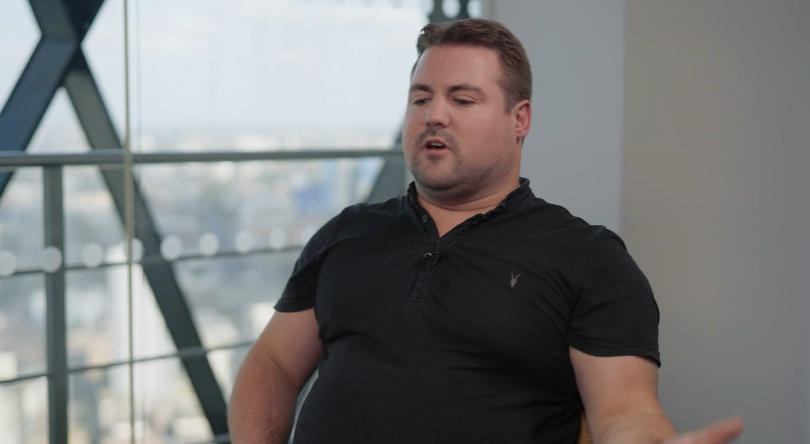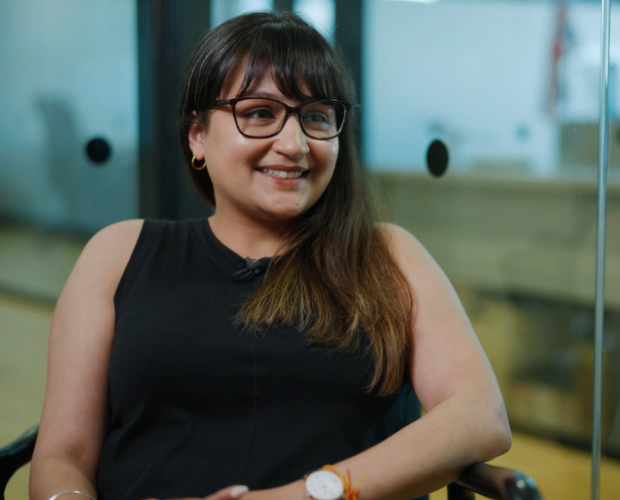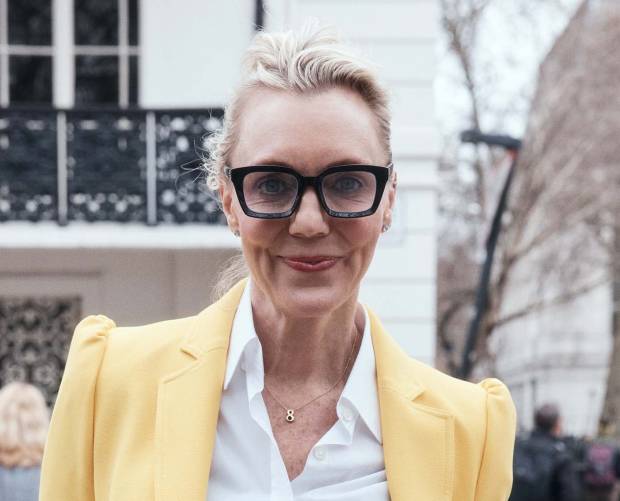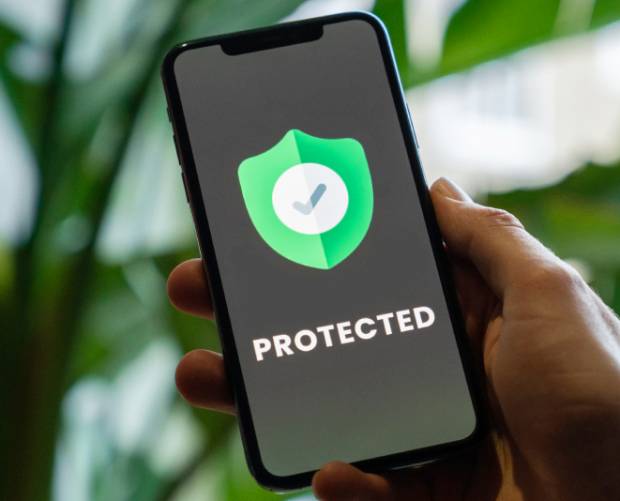10 minutes with Jaguar Land Rover’s Dominic Chambers
- Monday, September 18th, 2017
- Share this article:
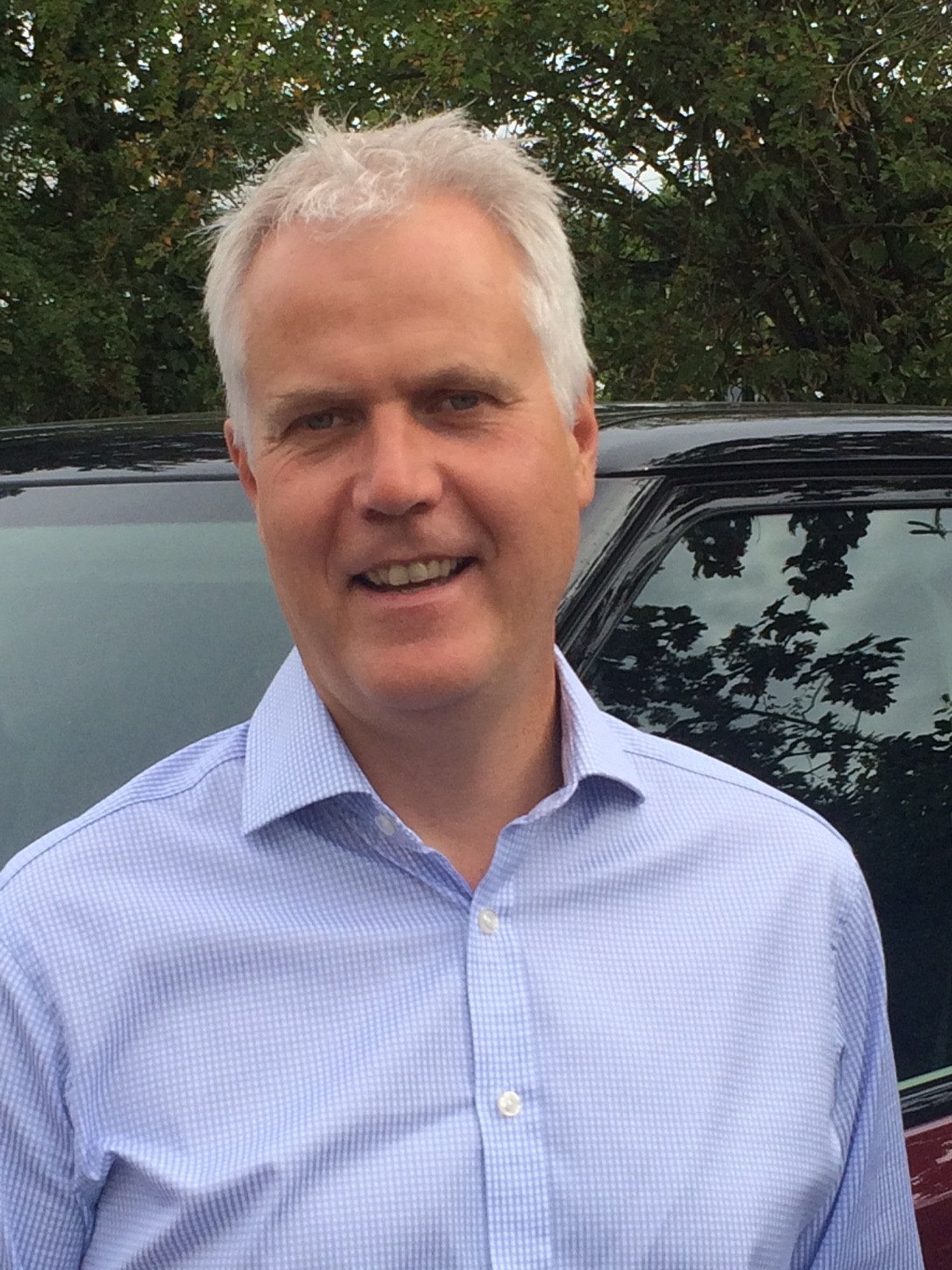 David Murphy talks connected cars and virtual reality with Jaguar Land Rovers global head of digital marketing, Dominic Chambers
David Murphy talks connected cars and virtual reality with Jaguar Land Rovers global head of digital marketing, Dominic Chambers
MM: Dominic, just looking back at our coverage of what you’ve been up the past 18 months or so in the mobile and wider digital space and there’s a lot of stuff. Your Tech Incubator; your Connected Car project; the InMotion mobility services business; rolling out VR in your showrooms; recruiting employees via the Gorillaz app – what’s been driving all this activity?
DC: The fact is that our prospects and owners have expectations around a digital customer experience and innovation is ever increasing and so the industry has some catching up to do to meet those expectations. We know the owners are very tech literate and clearly index highly for owning Apple products, and also for the amount of services and products they buy online so we need to allow them to interact with our brands and our cars in a way that suits them.
MM: And where are you in terms of things like in-car connectivity for example?
DC: We have our InControl system – this is an app that allows you to record all your journeys, you can set up a navigation and it gets uploaded to the in car navigation system. Another benefit is that nearly all our all new cars have a tracker on them, which allows the car to be recovered very quickly if it’s stolen. Since we started using trackers, every car with a tracker fitted that has been stolen has been recovered. It also helps if you have parked your car in a huge car park and can’t find it, and also gives the owners updates if the washer fluid needs replacing or the car needs a service.
We’ve also introduced the LandRover iGuide app that helps you get the most from your new car through AR and VR. This launched with the Discovery this year. You download the app, point the phone at the dashboard, highlight the button you want to know more about and it gives you full details on that control.
Half our Discovery owners have downloaded it. It retrieves the information quickly, there’s no ned to go online or call customer services. As it’s an app you don’t need cellular coverage to use it, and, through the use of VR, you can get to know the car before it’s been delivered to you.
MM: And VR was also a big part of your push to leverage your sponsorship of Wimbledon last year.
DC: Yes, again, we are pushing to bring some innovation to the party and also looking to punch above our weight. Our media budgets are not nearly as large as our German competition so we look at using tech and innovation to engage the audience, because they are very clearly tuned in to tech.
MM: In all the stuff you’ve done in recent years, what have been your biggest successes? And have there been any failures? After all, I keep hearing, if you’re trying new stuff, there’s no shame in failure.
DC: We’re very pleased with the iGuide. I don’t think any of the other car brands have anything as good as that. It’s a fairly basic tool, but brilliantly well executed. It’s a little like what Apple do; they are not necessarily the most innovative, but when they execute, they always do it in a way that’s best in class.
As for failures, our CMO is quite tight on budget so I’m not sure he would recognise failure! But we know we need to move quicker in terms of allowing people to manage their relationship with JLR online. Often, they still have to use the phone or interact with retailers, when some would prefer to manage that relationship purely online. There’s a lot of work going on but it’s not all live yet, so there is that challenge you have with legacy IT systems and the frustration of not always being able to speed things up.
MM: How do you stay abreast of and assess all the tech and decide what’s worth pursuing or investigating? There’s a lot of it out there and I’m sure a lot of people constantly beating a path to your door saying they have the latest, greatest thing that you have to look at.
DC: It is an incredibly busy space, with a lot of startups and growing businesses trying to take people’s attention and investment. We rely on our media agency to a point to filter a lot of that out, but we know we need to focus on making the basics as good as they can be. We do meet some of these companies, but we try and limit that because we know there are half a dozen things we need to deliver that we know would make a big difference. We probably won’t be a first mover in many areas but if something seems to be getting traction then we will look at it.
MM: You pulled your digital advertising earlier this year after the Times brand safety expose. What’s happened in the 6 months or so since, have things improved?
DC: We are back on YouTube now in a limited way. I think YouTube and Google would recognise that they were a little bit complacent in this area and this is what we said to them. They are investing more in it now, but we are very cautious with how we move forward, though with the overlay of control and protection we have now in the context of where our content appears and the targeting of it, we are confident we will not come across those issues again.
There is an issue but it has probably been blown up beyond what it was, which suits other media owners, but we are keeping a very close eye on it. But let’s not get away from the fact that the platforms that YouTube and Facebook provide are incredibly powerful from a targeting and mass reach and impact point of view. Linear TV is in long-term decline, which will probably accelerate for younger audiences, so we need to be well positioned in places where our audience is spending time.
MM: What else might we see from JLR this year from a tech/innovation perspective?
DC: Towards the end of the year or early new year you will see some new services in terms of customer management. We have invested a lot in a joined-up CRM system with our retailers, to make it seamless for our customers, whether they are dealing with JLR or our retailers.
MM: And as you build these more direct relationships with the people who buy your cars, is there a danger that your dealers could start to feel somewhat disenfranchised?
DC: We need to do what’s right for what our customers expect. There has been a long-term decline in people wanting to go to retailers. It used to be five or six visits before buying a car, now it’s one. Retailers need to improve the experience; a lot of people do not want to visit retailers, even though buying a car is a big commitment and that should be the fun part, but we are focused on what customers and prospects want, and our dealers still have a big part to play in making it a great experience and looking after our customers once they have taken ownership of the car.
Dominic Chambers is speaking at the Festival of Marketing in London in October






